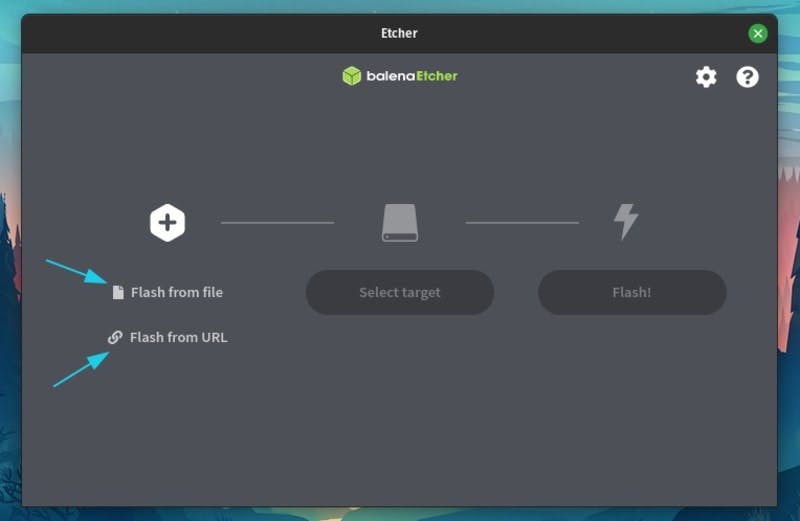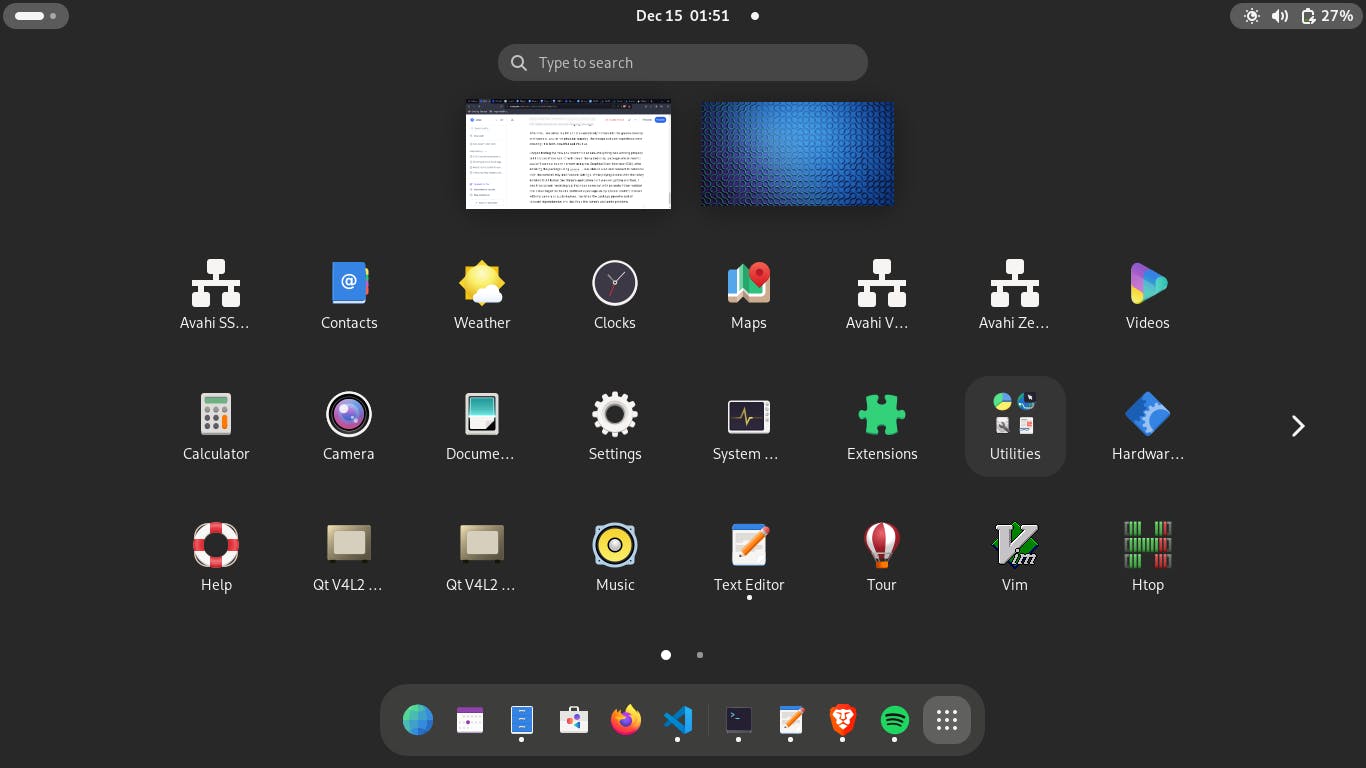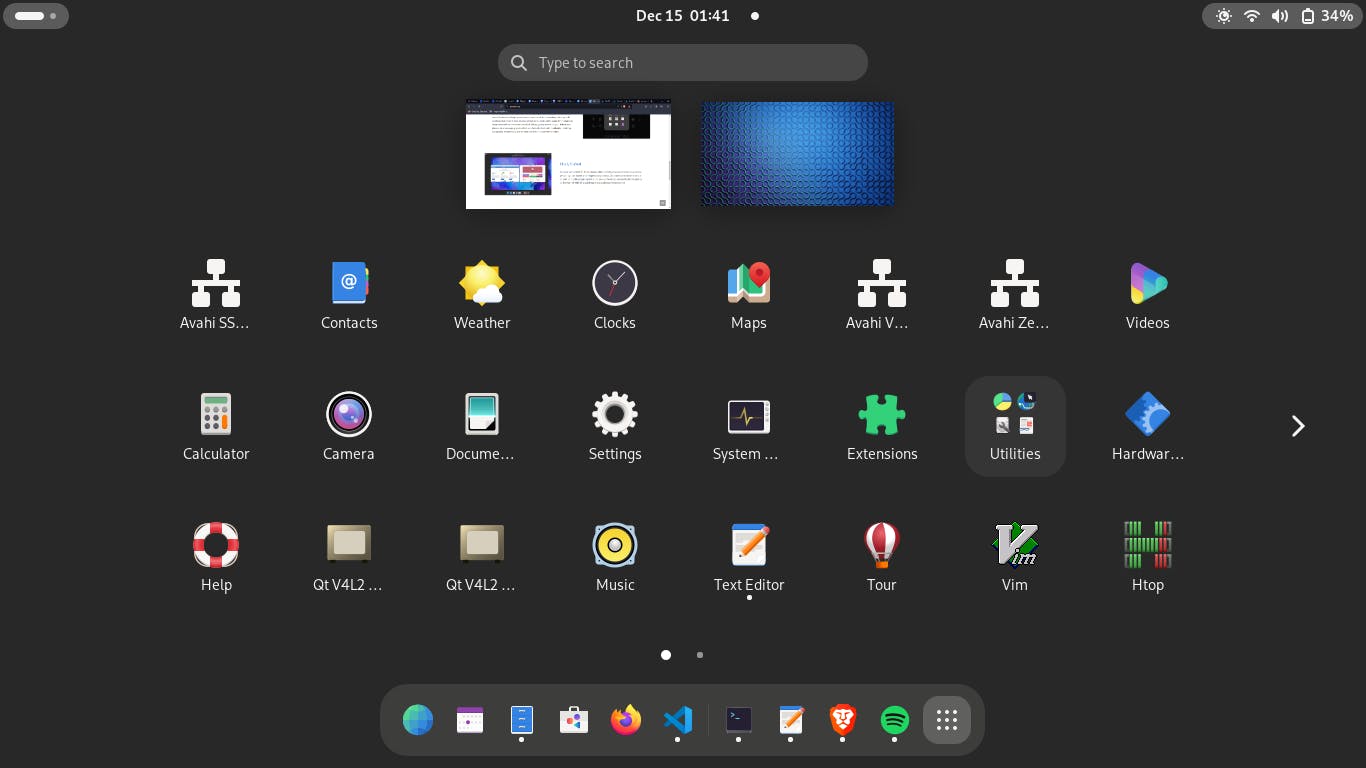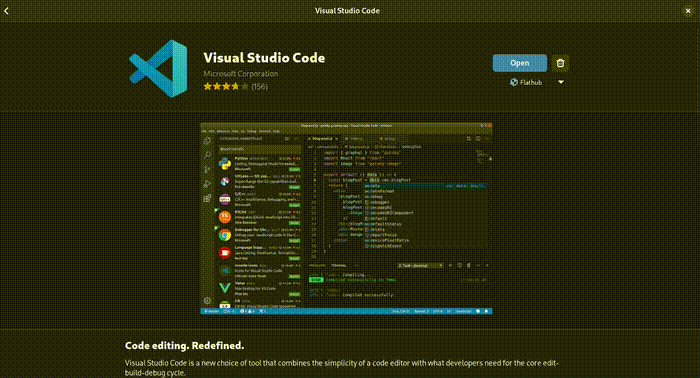My Experience with Arch Linux
Moving from Linux Mint (Cinnamon) to Arch Linux (GNOME)
Background
I recently started using Linux about three months ago (I am by no means a Linux expert and issues I've resolved might not be the most optimal way to do so) and I've enjoyed it so far, I was running Linux Mint (a Debian-based distro) with the cinnamon desktop environment, until last week when I bought a 256 GB SSD and wanted to upgrade my PC to use the SSD which would mean reinstalling my Operating System (OS) and I realized it would be a good time to try out another distro. I researched a lot of popular Linux distros, especially the package managers used and how they handle packages and I decided on Arch Linux because of its unique package manager and the amount of customizability Arch Linux provides (Although I didn't really understand it at the time but the ability to "build your own OS" sounded interesting to me).
Installing Arch Linux
To get started installing Arch Linux you have to
Download the Arch Linux .iso installer from the site

Download an application to load the .iso to a removable drive (I downloaded Balena Etcher on my Linux Mint system for this)

Use Balena Etcher (or whatever application you downloaded) to load the .iso onto a removable drive.

Boot the PC (with the drive you want to install Arch on) from the newly formatted removable drive and follow the steps listed in the Arch Linux docs
My Experience Installing Arch Linux
Installing Arch Linux was not as straightforward as installing other Operating Systems even though I used the "archinstall" command which is meant to streamline the process. I also made a lot of mistakes in my final install which led to me having to install additional packages to get everything I needed functioning properly (I say "final" because I messed up twice and had to reformat the drive and reinstall).
Installing Arch Linux using the "archinstall" command was a lot easier than what's listed in the docs because you are given options where you just have to select what you want and it runs the appropriate commands to get those things.

Fixing my Installation mistakes
Installing the "gnome" environment was pretty straightforward, I just had to use pacman (the default arch package manager) to add the group of packages using the command pacman -Sy gnome and enable the environment to start when the PC boots using the command systemctl enable gdm.
PS: GDM stands for Gnome Display Manager
After this, I restarted my PC and it automatically booted into the gnome desktop environment, and to my pleasant surprise, the design and user experience were amazing; it is both beautiful and intuitive.

While testing the new environment to ensure everything was working properly I noticed there was no Wi-fi icon in the system tray which was odd because I saw it in screenshots I found online, I also noticed in the network tab of the settings app I couldn't connect to any network.

After a while of searching for a solution, I found out there was meant to be a package called networkmanager which wasn't installed so I installed manually using pacman and enabled it to start when the system starts with the command systemctl enable NetworkManager.
After I installed the package, I was able to view and connect to networks from the network tray and network settings.

Another issue I encountered was regarding the audio and camera inputs, remember the archinstall setup that has an option for audio? Well, I forgot to set that so it didn't install any multimedia package for managing camera and audio inputs. I installed the pipewire pipewire and all its relevant dependencies and that fixed the camera and audio issues.
Thoughts on GNOME
The GNOME environment is a pretty good-looking and functional desktop environment.

It comes with a packed app store for users who may not be experienced with the terminal to get packages easily. The store also lists necessary information about all packages like file size, what permissions the application will require, and if the code for the package is open-source.

Final Thoughts
Switching from Linux Mint(Cinnamon) to Arch Linux(GNOME) has been a weird experience, Arch Linux is a pretty cool distro especially if you're running on a low-end PC with minimum storage the ability to only install what you need is wonderful, and even as a regular user you wouldn't find too much issues once you get passed the installation process (which has been made easy due to the Arch community) and install a good looking and efficient desktop environment.
If for some reason you choose to run Arch without a desktop environment I was using just under 200 MBs of RAM while doing that and even with a heavy desktop environment like Gnome, I am using 1.6GB RAM while idle and under 5GB while running multiple tabs on Brave, playing music on the Spotify desktop app and with my VS Code running a Vite development server
Thanks for following through to the end If you enjoyed the read, do follow me and if you have any questions concerning my installation, my experience with Arch or Linux in general you can reach out to me on X(Twitter) or LinkedIn and I will do my very best to answer.
